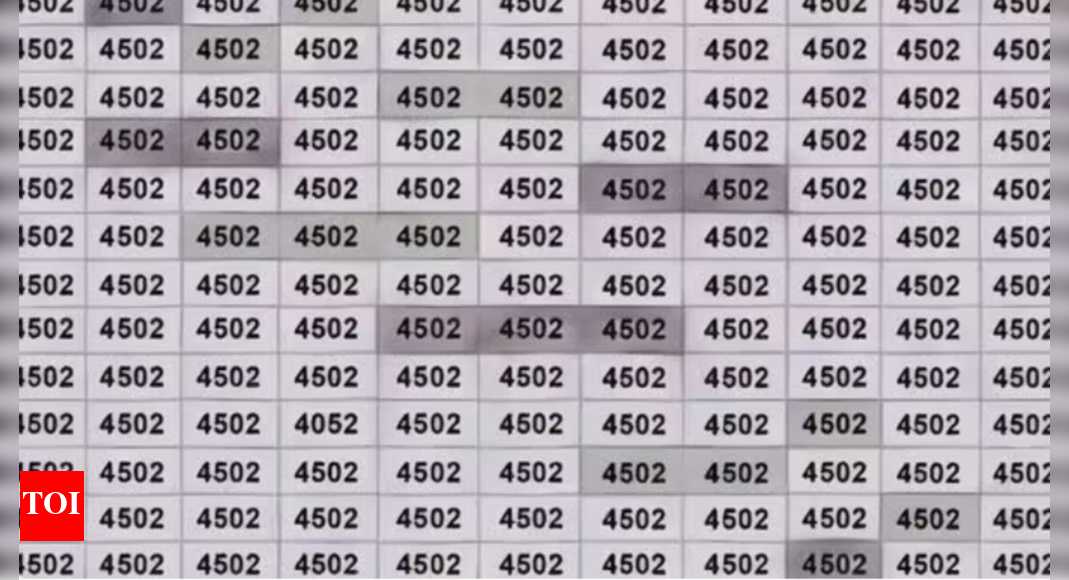Puri Jagannath Rath Yatra 2025: What Happens To The Old Chariots After The Festival?

Last Updated:June 27, 2025, 10:17 IST
Every year, massive 45-feet chariots weighing over 200 tonnes are rebuilt from scratch in just 58 days by 200 artisans using five types of sacred wood for the Rath Yatra
Lord Jagannath, along with his brother Balabhadra and sister Subhadra, embarks on a ceremonial journey through the city in three massive wooden chariots. (News18 Hindi)
The 2025 Rath Yatra is taking place on Friday, June 27, in Puri. Devotees from across the globe are gathering in large numbers to witness and take part in the grand ceremonial procession, pulling the massive wooden chariots as the deities embark on their annual city tour.
Lord Jagannath, along with his brother Balabhadra and sister Subhadra, embarks on a ceremonial journey through the city in three massive wooden chariots.
Every year, new chariots, about 45 feet tall and weighing over 200 tonnes, are built from scratch. More than 200 skilled artisans complete this enormous task in just 58 days, using five types of sacred wood. The construction begins on the day of Akshaya Tritiya and is completed two days before the Gundicha Yatra.
How Are the Chariots Made?
The wood used to build the chariots is carefully chosen from the forests of Mayurbhanj, Ganjam, and Keonjhar districts. Priests identify the trees based on auspicious symbols like the conch, chakra, and mace naturally marked on their bark. These trees are ritually worshipped and then cut using what is believed to be a golden axe.
The types of wood used include Phasi, Dhaura, Simili, Sahaj, and Mahuwā. Dhaura, the strongest among them, is used for the axle, while Simili is used for the upper portions. Each chariot is crafted by 70–80 artisans entirely by hand. Around 50 tonnes of iron and 300 kilograms of brass are also used in the process.
Story Behind Rath Yatra
According to tradition, the Sri Gundicha Temple is believed to be the home of Lord Jagannath’s aunt. Once a year, Lord Jagannath travels with his siblings to visit her. This journey forms the essence of the Rath Yatra. The deities stay there for seven days before returning. During this time, Lord Jagannath also gives darshan (divine viewing) to devotees who are usually unable to enter the temple.
It is also believed that during his journey from Mathura to Dwarka, Lord Krishna had promised his friend Radha and the people of Vraj that he would return to visit them once every year. This legend is often associated with the Rath Yatra.
At the Gundicha Temple, the Lord is offered khichdi bhog (a rice and lentil preparation) during the stay.
What Happens To The Chariots After The Yatra?
After the Bahuda Yatra (the return journey), which will be held on August 5, the chariots are dismantled by the same artisans who built them. The wood is considered sacred. Many devotees take pieces of it home, while some portions are donated to the temple. A part of the remaining wood is also auctioned.
Who Built The Jagannath Puri Temple?
The Jagannath Temple in Puri was built in the 12th century by King Anantavarman Chodaganga Deva. It is one of the four sacred Dhams in India. The temple houses the deities of Lord Jagannath (a form of Vishnu), his brother Balabhadra, and sister Subhadra. The temple is also renowned for its Mahaprasad, with 56 different food items offered daily across six meal times.
- Location :
Puri, India, India
- First Published:
[title_words_as_hashtags




